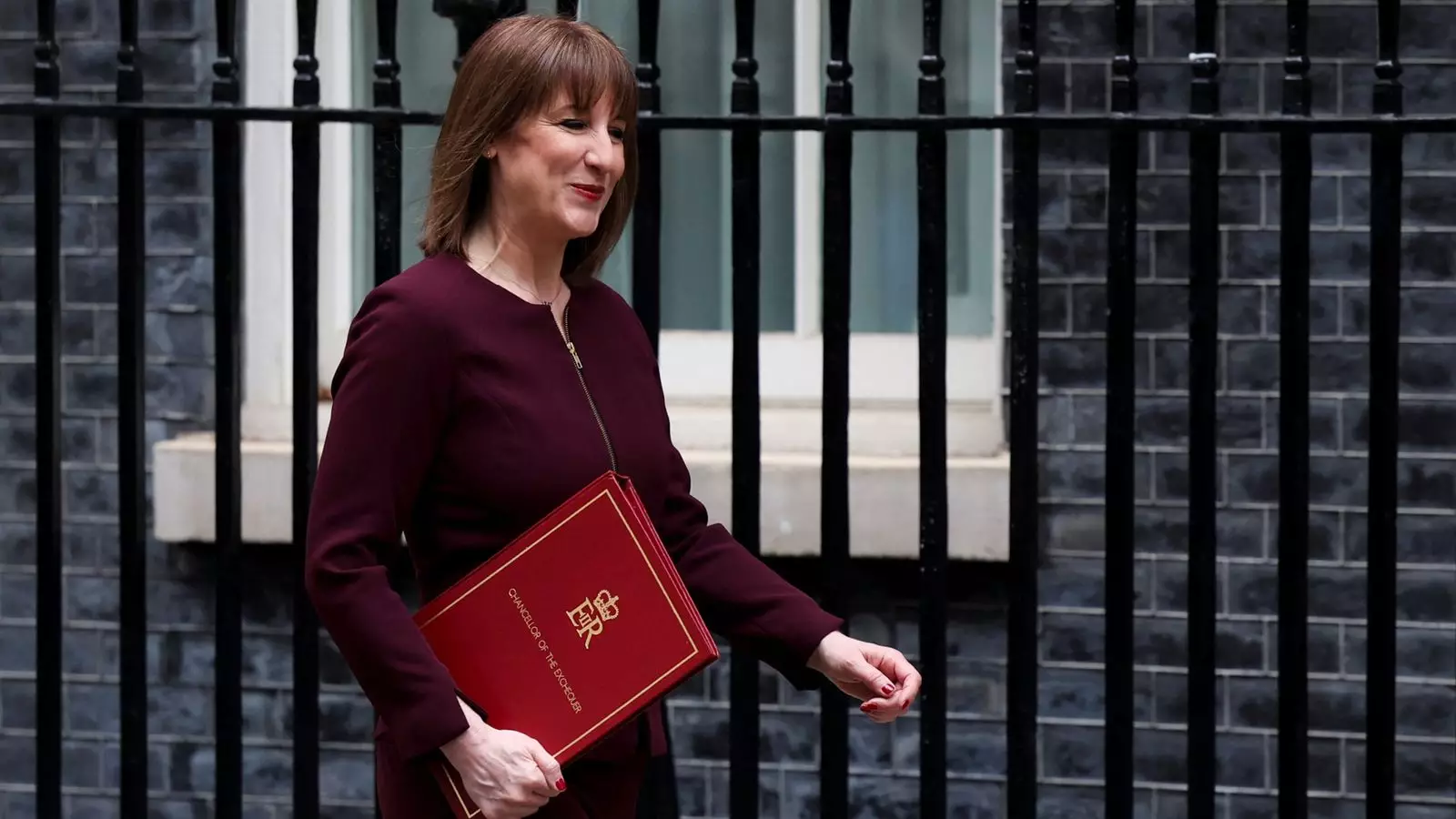The recent announcement from the Office for Budget Responsibility (OBR) has sent ripples through the UK’s economic landscape, revealing a stark halving of the growth forecast for 2025—from a hopeful 2% down to a sobering 1%. Chancellor Rachel Reeves took to the House of Commons with an air of concern, articulating that while the downgrade is disheartening, it does not signify a total downward trend. Striking a cautiously optimistic tone, she indicated that the outlook for subsequent years sees a gradual ramp-up of growth, culminating in a forecasted 1.9% in 2026. Is this spiraling into mere political theater, or does it reveal a deeper malaise within the economy?
As a center-wing liberal, I find it essential to point out how these numbers reflect the underlying structural issues that continue to plague the UK economy. One cannot help but feel a sense of urgency as the government struggles to create momentum for substantial economic growth. While Reeves assures that “there are no shortcuts to economic growth,” the question looms large: how long can the UK afford to wait for meaningful change?
Promises and Pitfalls of Growth Measures
One of the Chancellor’s key messages was the introduction of ambitious reforms aimed at stimulating growth. She cited modifications to the National Planning Policy Framework, which includes imposing mandatory housing targets and reconsidering “grey belt” lands for development. These are indeed commendable moves, but they elicit skepticism. Downsizing property barriers is a start, but does it adequately address the root causes of economic stagnation? While modest increases in real GDP—projected at an additional £6.8 billion by 2029-30—might sound appealing, they feel like a drop in the bucket compared to the dire need for a booming economy.
Moreover, the promise of reforms in the pension system and a national wealth fund, which were put forth as pillars of a “serious plan” for growth, raises further questions about practicality and urgency. Who are these reforms truly benefiting? There’s a palpable dichotomy between offered solutions and the socio-economic realities faced by ordinary Britons struggling with stagnant wages and scrutinized welfare systems. The hope is pinned primarily on long-term strategies, yet the missing piece remains how quickly can these policies be executed to make a difference when countless households are in economic distress today?
Juggling Deficits and Surpluses
The chancellor boasted about a financial trajectory that would see the budget transition from a deficit of £36.1 billion in 2025/26 to a surplus of £6 billion by 2027/28. On the surface, that seems like a responsible move. Nonetheless, one must recognize the inherent dangers of relying heavily on projected figures. Absolutely, fiscal conservatism can have its virtues, but when it prioritizes numbers over people’s needs, it becomes a responsibility devoid of compassionate governance.
Shadow Chancellor Mel Stride called into question the credibility of Ms. Reeves’ targets, accusing her of reckless gambling with a fiscal plan that seems insufficiently robust. Given the conservative focus on curbing welfare spending—predicted savings of £4.8 billion—many will question whether such austerity measures point toward a broader strategy of misaligned priorities. Underspending on welfare could lead to immediate relief for the treasury, yet it leaves the most vulnerable exposed in an already precarious environment.
Defending the Future: Can We Trust the Strategy?
The announcement of a voluntary redundancy scheme for civil servants as part of the vision to “make government leaner” feels like a double-edged sword. While cutting back government fat can lead to increased efficiency, it may jeopardize the quality of public services that citizens depend on. The motion to save £3.5 billion by 2029-30 raises eyebrows when one considers that an investment in public sectors usually yields a higher return through improved services and economic stability.
Finally, with warnings about the ever-increasing defense budget, now poised to reach 2.5% of GDP, we must ask ourselves as a nation: are we safeguarding the future by investing in arms, or are we neglecting the essential fields—health, education, and social welfare—that truly bolster collective progress? The precarious balance between military expenditure and public welfare sends a concerning message about prevailing priorities and reflects a troubling trend that leans towards militarization over human investment.
The newly unveiled economic strategies reflect not just numerical forecasts, but broader implications for society at large. In a time when hardship is tangible, let us hope that the numbers translate into genuine progress for those most in need rather than becoming abstract statistics to obscure a narrative of prosperity.


Leave a Reply